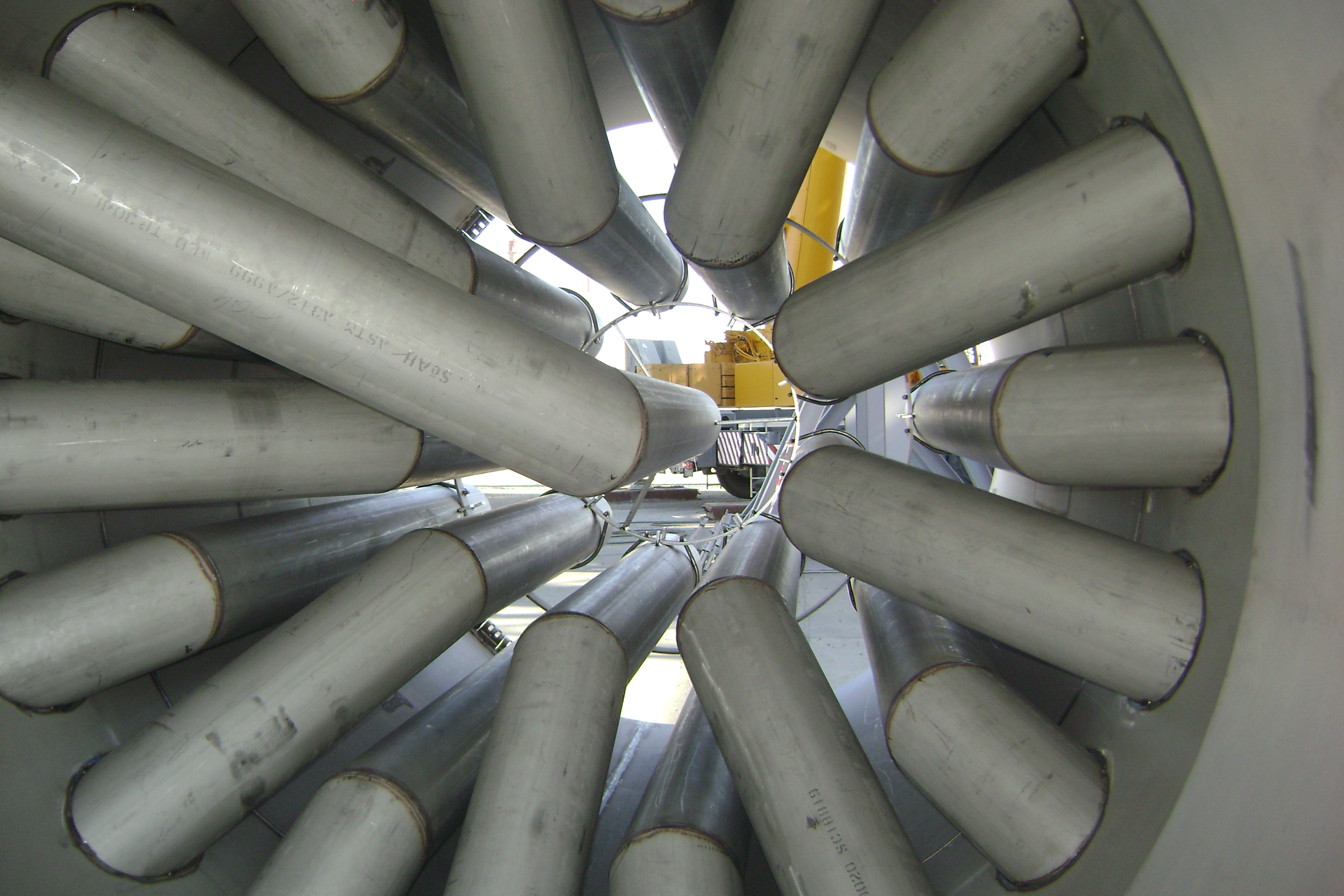
Quality Control (QC)
Welcome to [NDT Inspection Portal]’s quality control group, a place for professionals to connect... View more
Relative Image Quality Indicator (RIQI) ASTM E747
-
Relative Image Quality Indicator (RIQI) ASTM E747
Could anyone please explain the how to use and importance of relative image quality indicator (RIQI) as illustrated in ASTM E746-14 (figure 4)? The standard specifies an estimation methodology named Graph method of determining RIQI. It’s showing plotting a curve EPS % in X-axis and ratio of (no of visible holes/ no. of total hole) in y-axis. At 0.5 ratio on Y-axis, the corresponding EPS% you termed as POD 50%. I am interested to know about the real application of this curve or what its exactly the curve represent to user. Thank in advance for your efforts.
Log in to reply.